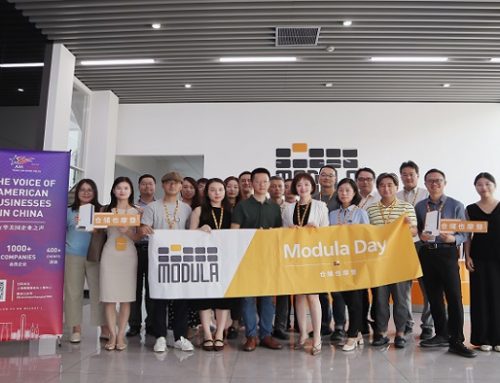In the era of smart logistics, more and more companies are paying attention to the actual benefits of warehouse automation. The question is no longer “Should we automate?” but “When will the investment pay off?”
This article explores warehouse robots and warehouse management systems (WMS) from the perspective of return on investment (ROI), helping you understand how they can help reduce costs, improve efficiency, and achieve quicker payback.

01
Warehouse Robots: Not Sci-Fi, but Productivity Accelerators
Warehouse robots are rapidly moving from “future tech” into daily operations. According to industry statistics, introducing robots can improve warehousing efficiency by an average of 30%. But the key question is: how long does it take to see a return on the investment?
Typically, the ROI cycle for warehouse robots is 3 to 5 years. Factors influencing this cycle include industry characteristics, market competitiveness, and the company’s operational flexibility. Though hard to quantify, these factors play a critical role in investment decisions.
How do you calculate robot ROI scientifically?
ROI = (Annual Gains – Total Costs) ÷ Total Costs × 100%
The formula is simple, but the key lies in breaking down the specific components of costs and gains.
Typical costs include:
- Initial Investment:Robot purchase, installation, and system integration
- Operating Expenses:Routine maintenance, software updates, electricity consumption
- Training:Employee training in operation and maintenance
Example:
Buying 5 robots at 350,000 yuan each, plus 140,000 yuan for installation and 70,000 yuan per year for maintenance and training. The initial investment totals around 1.89 million yuan.
Main sources of gains:
- Labor savings:Reduction in repetitive tasks like picking, handling, and sorting
- Efficiency improvement:Faster order turnover, higher output per unit time
- Error reduction:Fewer returns and rework losses
If these robots save 700,000 yuan in labor annually, generate an additional 350,000 yuan in revenue, and reduce 140,000 yuan in error-related losses, the annual gain would be 1.19 million yuan.
Although the investment isn’t recouped in the first year, the return curve is already taking shape.

Why does ROI increase after using robots?
Many companies find that robots pay for themselves faster than expected because their value extends beyond the balance sheet:
- 24/7 operation:Autonomous Mobile Robots (AMRs) can run multiple shifts continuously, significantly reducing shift labor costs.
- Increased picking speed:Goods-to-Person (G2P) systems can triple operational efficiency.
- Reduced human error:Robot systems can reduce error rates to one-tenth that of manual operations.
- Space savings:Automation can improve space utilization by up to 25%, eliminating the need for warehouse expansion.
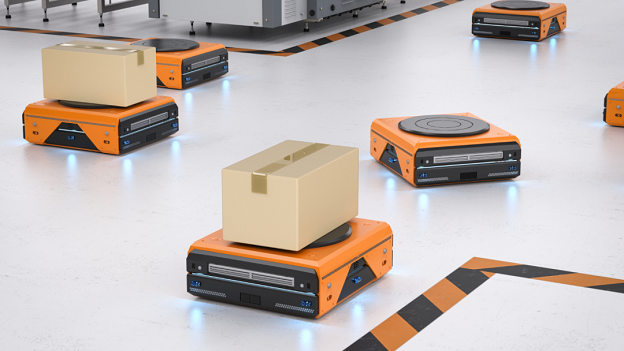
Among the various warehouse technologies, AMRs and G2P systems are considered the “ROI stars.”
The former suits companies seeking gradual automation on a budget, while the latter directly boosts space and efficiency through simplified processes.
02
WMS: The “Brain” of the Warehouse, With Payback in 3 to 6 Months
In contrast, WMS (Warehouse Management Systems) tend to have shorter payback periods—typically 3 to 6 months—before showing clear benefits. When combined with robots or vertical storage systems (like ASRS or VLM), long-term ROI can improve even further.
How is WMS ROI calculated?
The same ROI formula applies, but it’s important to clarify cost and benefit components beforehand.
Costs include:
- Software licensing fees
- System implementation and hardware configuration
- Employee training and go-live support
- Ongoing maintenance and technical support
Benefits include:
- Improved efficiency from automated processes
- Real-time inventory visibility, reducing stockouts and overstock
- Higher accuracy to support data-driven decisions
- Faster order fulfillment and improved customer satisfaction
Example:
If a WMS project costs 700,000 yuan and generates 2.8 million yuan in benefits over three years,
ROI = (2.8M – 0.7M) ÷ 0.7M × 100% = 300%
That means for every yuan invested, four yuan are returned within three years.
03
Which Industries Benefit Most from Robots and WMS?
The following sectors are particularly well-suited to warehouse automation:
- E-commerce and Retail:Characterized by fragmented orders and high fulfillment pressure.
For instance, Amazon uses robotics and advanced WMS to sort packages and manage inventory, dramatically reducing delivery times. - Manufacturing:Automated transport and part handling are key to cost reduction.
- Pharmaceuticals:Robots can sort medications precisely, while WMS ensures compliance and traceability.
- Food & Beverage:Automation supports packaging and temperature-controlled storage, which are vital for perishable goods.
- Automotive:From frames to component assembly, robots now outperform humans in efficiency.
- Third-Party Logistics (3PL):Serving multiple sectors, 3PLs rely on automation for scale and accuracy.
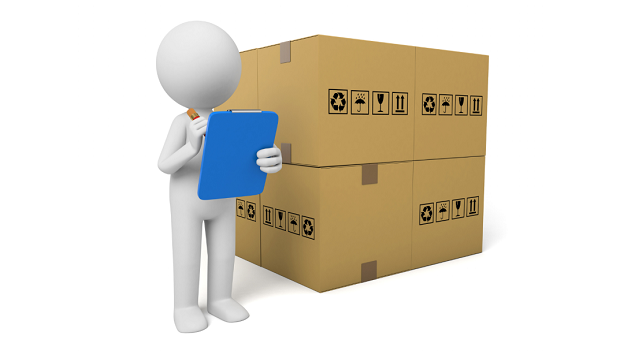
04
Technology Isn’t the Goal—Returns Are
At Modula, we don’t just deliver technology; we focus on our clients’ return on investment.
Vertical Lift Modules (VLMs):
Ideal for warehouses with high ceilings, these systems save space through automated vertical storage. Equipped with the Copilot controller, picking operations can be completed with a single button. Options such as automatic doors and telescopic trays further enhance picking efficiency and the user experience.
Modula WMS:
We offer multiple software solutions that seamlessly integrate with ERP, MRP, WMS, DMS, and other systems. These support remote monitoring and analysis, ensuring customers maintain comprehensive operational visibility and control.
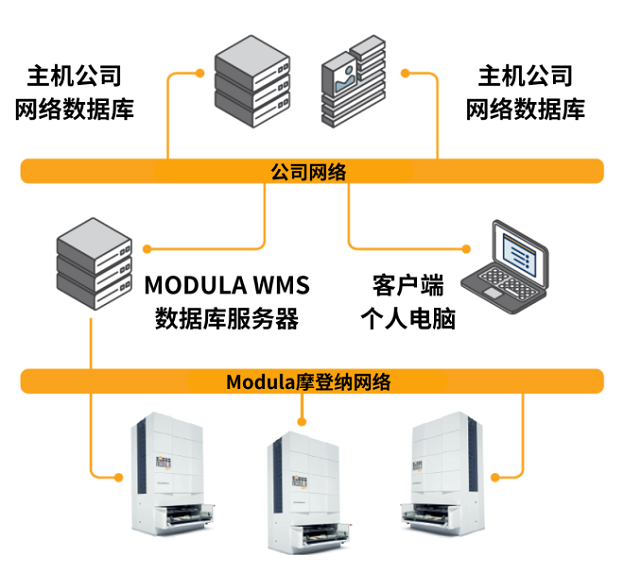
Conclusion: The Meaning of Automation Isn’t Just “Fewer People”
Warehouse automation is not merely about reducing headcount—it’s about achieving “more stability, more precision, and greater speed” in operations. Whether robots are the skeleton or systems are the nerves, the direction is clear: intelligent warehousing will become the key differentiator in future enterprise competition.
And ROI is the critical metric that determines whether this transformation is worthwhile.
If you’re considering upgrading from a “manual warehouse” to a “smart warehouse,” this simple formula is a great place to start.
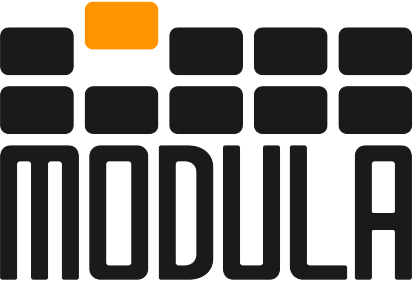
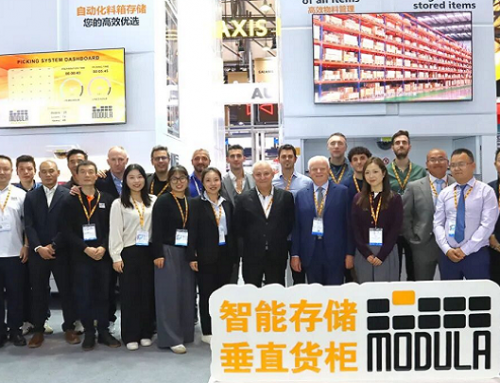
![[Exhibition Preview] Modula’s New Products Make Their Debut in Shanghai, On-site Experience and Live Broadcast Simultaneously Open – CeMAT 2025](https://www.modula.cn/wp-content/uploads/2025/10/封面-500x383.png)

